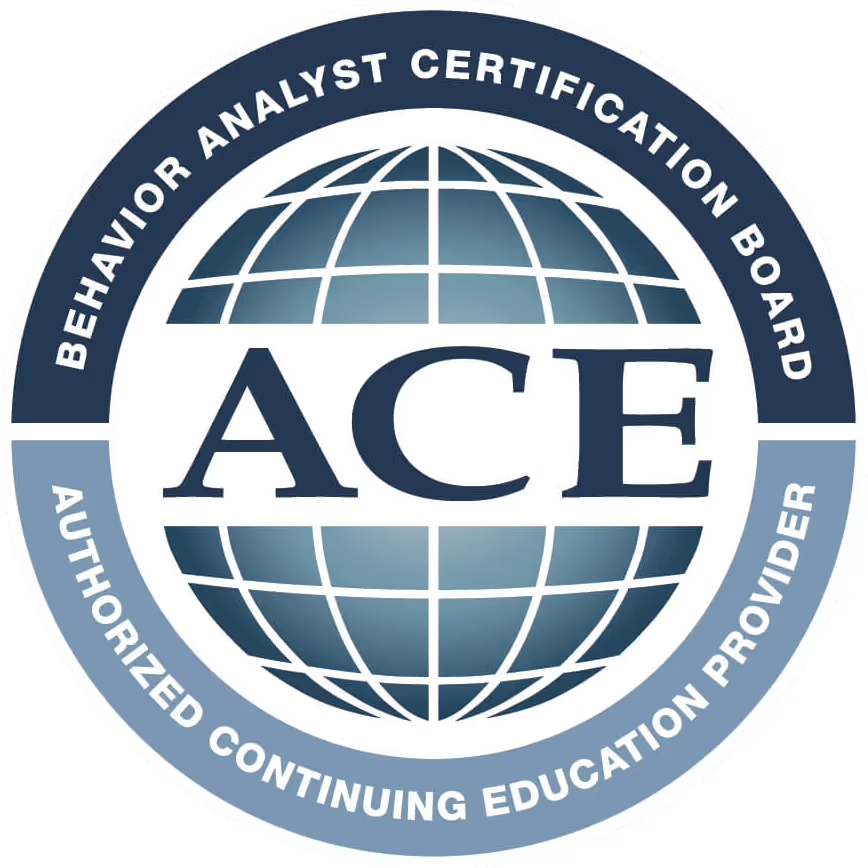
Therapies for Young Minds
Understanding Effective Therapies for Children's Mental Health
Introduction: The Importance of Mental Health Support for Young Minds
In today's increasingly complex world, children and adolescents face a myriad of emotional, educational, and social challenges. Fortunately, a broad array of therapeutic approaches have been developed to support their mental health, each tailored to address specific needs and situations. From Cognitive Behavioral Therapy (CBT) to Family Therapy and Play Therapy, these interventions play a pivotal role in nurturing mental wellness in the formative years. This article explores various therapy options, their benefits, and how they can effectively empower children and teens on their journey to mental well-being.
The Prevalence and Need for Therapy in Adolescents
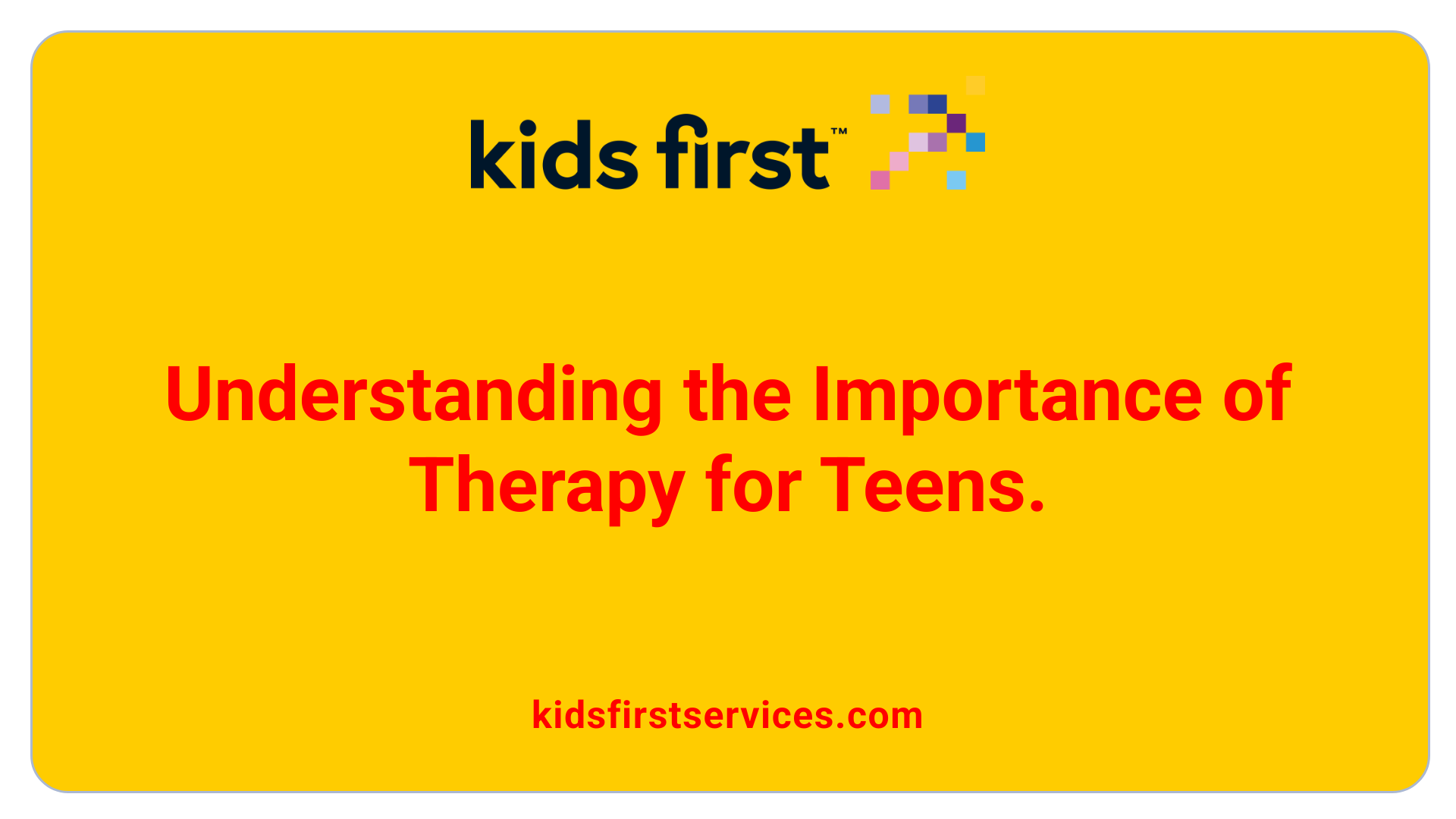
The Normalcy and Benefits of Therapy for Adolescents
Therapy has become increasingly recognized as a normal and beneficial support system for adolescents. Teenage years are marked by significant physical, emotional, and social changes. It’s not uncommon for teenagers, particularly those around the age of 13, to experience anxiety, depression, or stress related to academics and relationships. Engaging in therapy during this crucial phase can provide vital support in navigating these challenges.
Is It Normal for a 13-Year-Old to Go to Therapy?
Yes, it is perfectly normal and beneficial for a 13-year-old to receive therapy. Adolescents can greatly benefit from having a dedicated space to express their feelings and develop crucial coping strategies. Therapists assist young clients in learning effective communication skills, which are important for personal growth and success at school.
This proactive approach encourages open discussions about mental health, making it easier for teenagers to seek help when needed. Not only does therapy help address immediate concerns, but it also lays a foundation for resilience in facing future challenges.
Support and Coping Mechanisms Provided Through Therapy
Therapies tailored for young people often incorporate a variety of techniques to enhance emotional regulation. These include:
- Cognitive Behavioral Therapy (CBT): Teaches strategies to reshape negative thoughts.
- Play Therapy: Helps younger children express feelings through creative play.
- Family Therapy: Involves family members to improve communication and support.
Such approaches cultivate a healthy emotional environment. By validating feelings and providing coping tools, therapists empower adolescents to manage their emotions effectively.
Exploring Therapies for Adolescent Mental Health
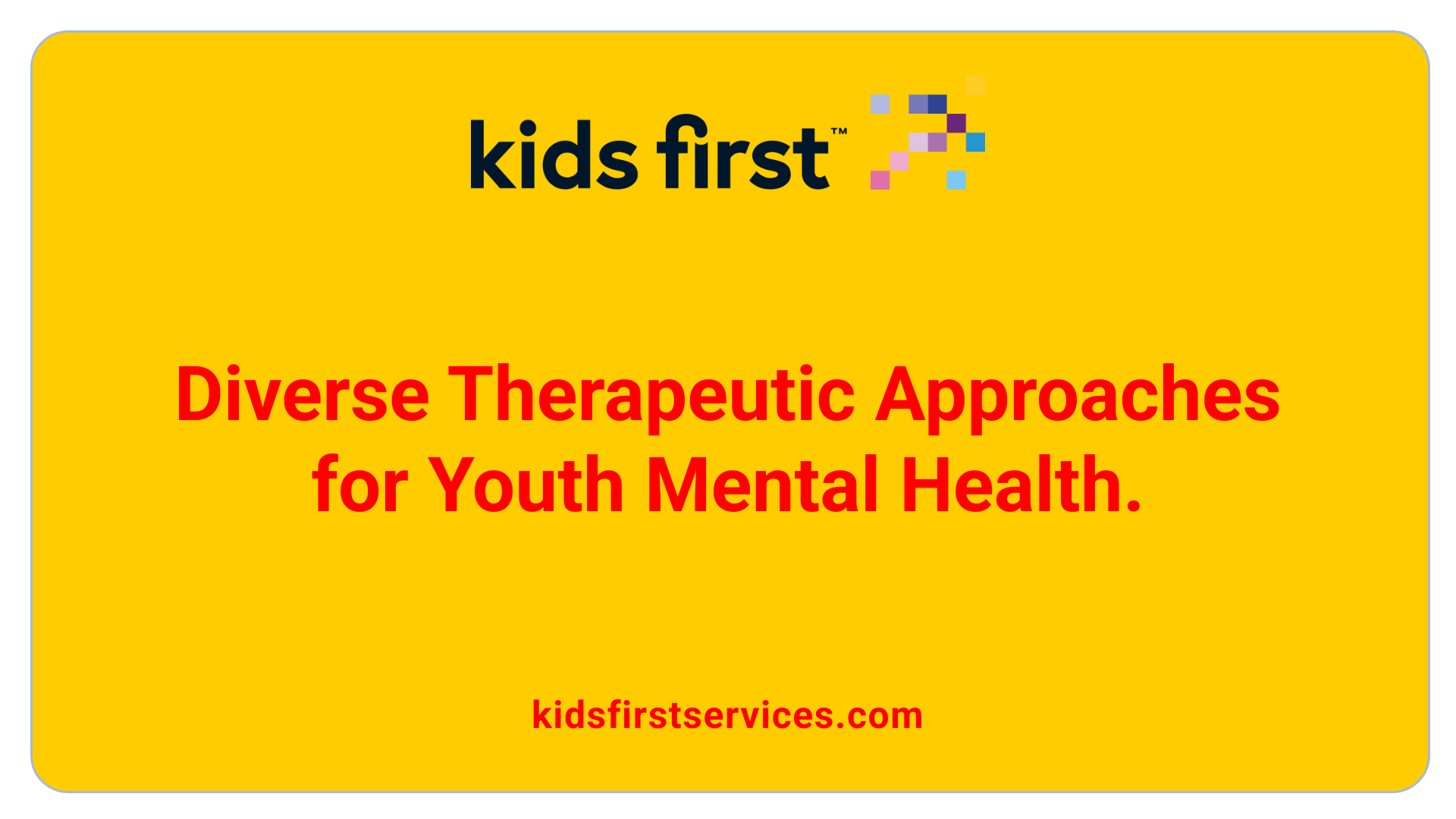
What therapy works best for adolescent mental health?
Adolescent mental health can benefit from various therapies, each tailored to suit different issues and individual needs. Cognitive Behavioral Therapy (CBT) stands out as a frequently recommended option. It aids teenagers in identifying and restructuring negative thoughts and behaviors, making it particularly effective for conditions such as depression and anxiety.
Dialectical Behavior Therapy (DBT) is another vital approach, especially suited for adolescents experiencing intense emotions. This therapy emphasizes skills focused on emotional regulation and building healthier relationships, which are crucial during the turbulent teenage years.
For addressing relationship dynamics and communication skills, Interpersonal Therapy (IPT) is beneficial. It helps adolescents improve their interactions with others, a common challenge during these formative years.
Moreover, Exposure Therapy and Group Therapy offer additional methods for coping with anxiety and fostering peer support. Creative therapies such as Play Therapy and Art Therapy allow teens to express themselves non-verbally, which can be particularly comforting and effective.
In summary, a range of therapies is available, ensuring that adolescents receive personalized and effective treatment options to support their mental well-being.
Identifying the Best Therapies for Young Children
Therapy options tailored for young children
When considering therapy for young children, various approaches are tailored to their developmental needs and specific emotional challenges.
- Cognitive Behavioral Therapy (CBT): This is effective for addressing anxiety, depression, and behavioral issues by helping children identify and change negative thought patterns.
- Play Therapy: Ideal for younger children, this method allows them to express feelings through play, making it less intimidating and more engaging than traditional talk therapy.
- Family Therapy: Involving family members is crucial for many young clients. This approach improves communication within the family, fostering a supportive environment for the child's treatment.
- Behavior Therapy: Focused on reinforcing positive behaviors and reducing problematic ones, this therapy often includes parent training.
Other therapies such as Interpersonal Therapy (IPT) and Psychodynamic Therapy can also be employed based on individual needs, demonstrating the importance of a flexible approach to meet each child’s unique circumstances.
Importance of choosing the right therapy
The effectiveness of therapy often hinges on selecting an approach that resonates with the child’s personality and family dynamics. For example, integrating parental involvement in the therapy process can enhance outcomes, as children thrive in supportive environments. With many options available, parents and caregivers should seek individualized assessments that lead to tailor-made treatment plans.
Cognitive Behavioral Therapy Techniques for Youth
What are the CBT techniques for young people?
Common Cognitive Behavioral Therapy (CBT) techniques for youth include:
- Cognitive Restructuring: This technique helps children identify and change negative thinking patterns. By recognizing distorted thoughts, they can learn to replace them with more positive and realistic ones.
- Goal Setting: Utilizing SMART (Specific, Measurable, Achievable, Relevant, Time-bound) criteria allows children to set clear and attainable goals, fostering a sense of accomplishment.
- Relaxation Techniques: Methods such as grounding exercises, breathwork, and progressive muscle relaxation are taught to help manage anxiety and stress symptoms.
- Exposure Therapy: This technique gently exposes children to their fears in a controlled environment, helping them confront and gradually reduce their anxiety over time.
- Adaptability of CBT: CBT can be implemented in various formats including individual sessions, family therapy, or group settings, tailoring the approach based on the child’s specific needs and circumstances.
How these techniques can aid children
These techniques collectively improve mood and functioning for children experiencing issues like anxiety, depression, and behavioral disorders. By teaching young people to challenge negative thoughts and engage in constructive behaviors, CBT equips them with essential coping skills. This structured approach fosters emotional resilience and promotes better overall mental health, making it a valuable tool in therapy for youth.
Impact and Importance of Early Intervention
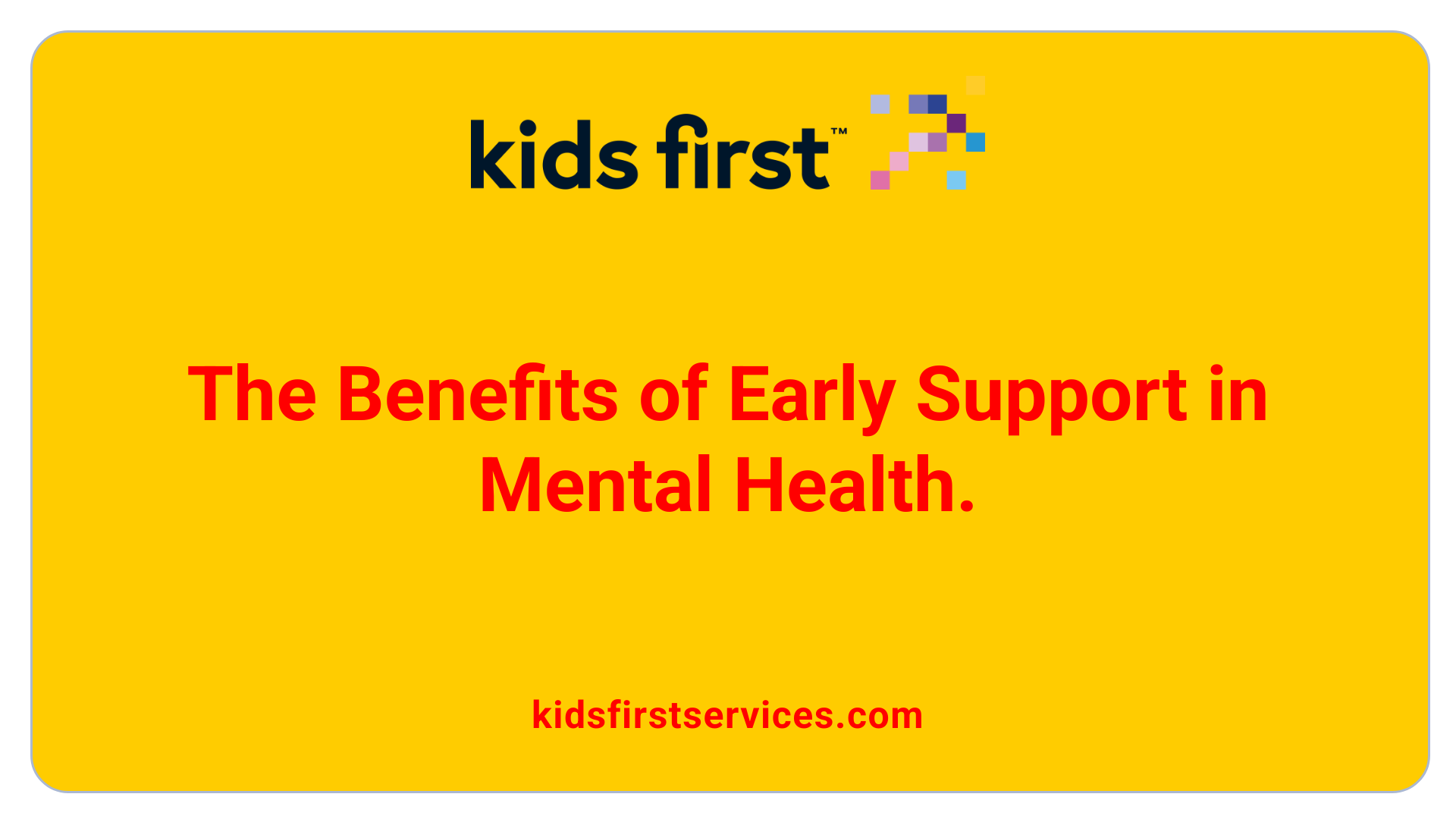
Benefits of Early Intervention
Early intervention in children's mental health is crucial for addressing emotional and behavioral issues. By recognizing symptoms early, caregivers can connect children with appropriate therapies, such as cognitive-behavioral therapy (CBT) or play therapy, tailored to their developmental needs. This proactive approach enhances emotional regulation and coping skills in children, empowering them to manage challenges effectively.
Preventing Long-term Issues Through Timely Support
Implementing timely support can prevent the escalation of mental health disorders, reducing the risk of more severe problems later in life. For instance, early psychotherapy interventions can mitigate issues like anxiety and depression, which, if left untreated, may affect children's relationships at home, in school, or socially. With 1 in 5 children facing diagnosed conditions, prioritizing early intervention can transform outcomes, ensuring healthier futures for young individuals. This approach not only fosters resilience but also encourages supportive environments through parent involvement, enhancing the therapeutic process.
The Role of Family and Creative Approaches in Therapy
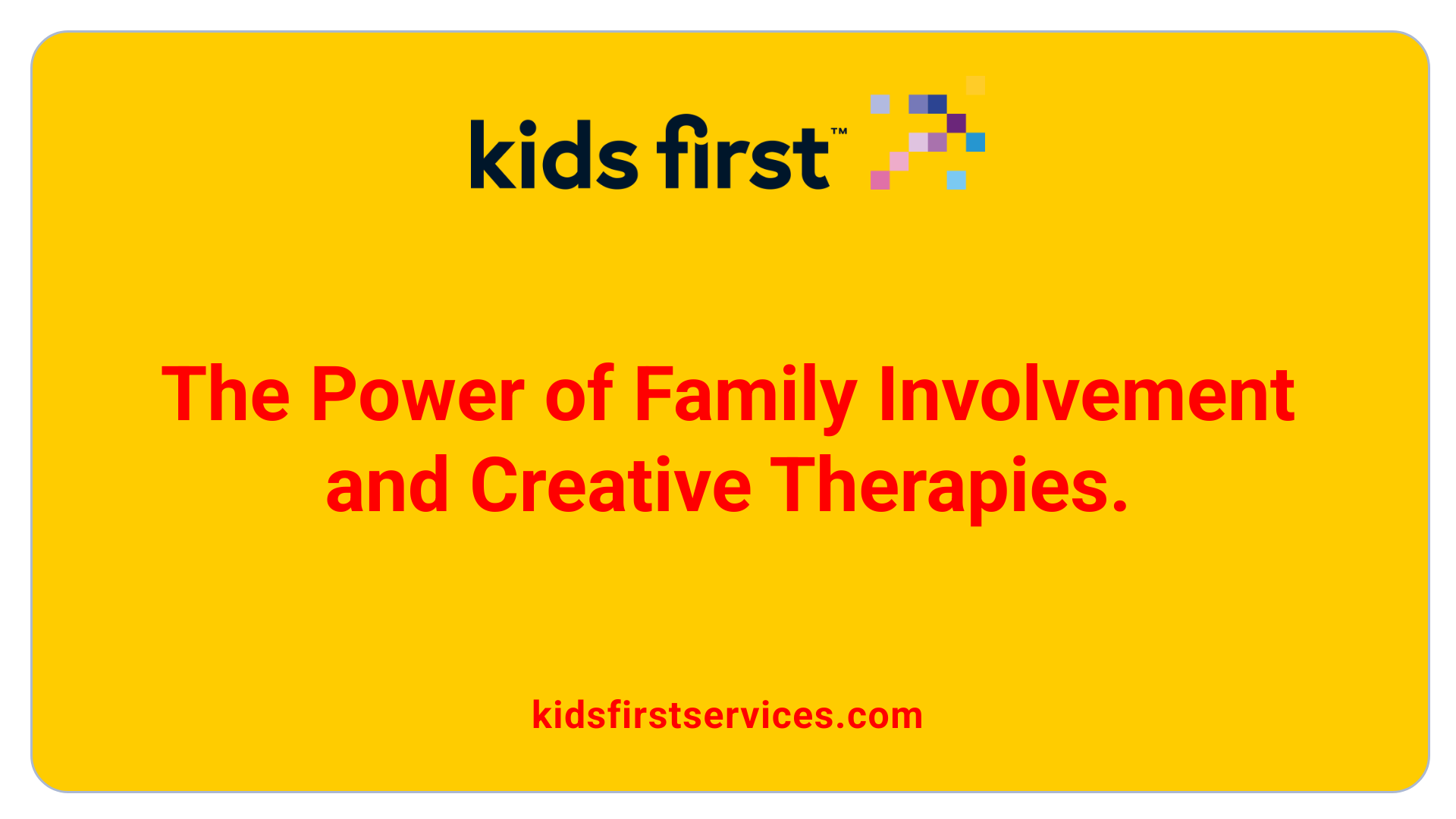
Parental Involvement in Therapy
Parental involvement is crucial in the therapeutic process for children and adolescents. Research indicates that family participation can significantly enhance therapy effectiveness. By engaging in treatment sessions, parents can gain insights into their child's behaviors and emotions, supporting their development and emotional regulation. Parent training can empower caregivers with effective strategies for managing behaviors, particularly for conditions like oppositional defiant disorder and ADHD.
As the family works collaboratively with therapists, they foster a supportive home environment, which is essential for successful outcomes. Including parents in therapy helps children feel more secure, making it easier for them to share their feelings and for caregivers to understand their child's experiences better.
Effectiveness of Creative Therapies
In addition to traditional therapies, creative approaches such as art and music therapy are gaining recognition for their effectiveness in children's mental health treatment. These therapies provide non-verbal means for children to express emotions they might struggle to articulate verbally. For example, music therapy can improve emotional and cognitive needs while engaging children in a playful manner. Similarly, art therapy encourages self-expression and coping mechanisms, offering children a safe way to navigate their feelings through creativity.
Creative therapies not only complement standard psychological interventions but also cater to the developmental needs of young clients, making therapy more engaging and less intimidating.
Community Initiatives and Accessibility of Therapy
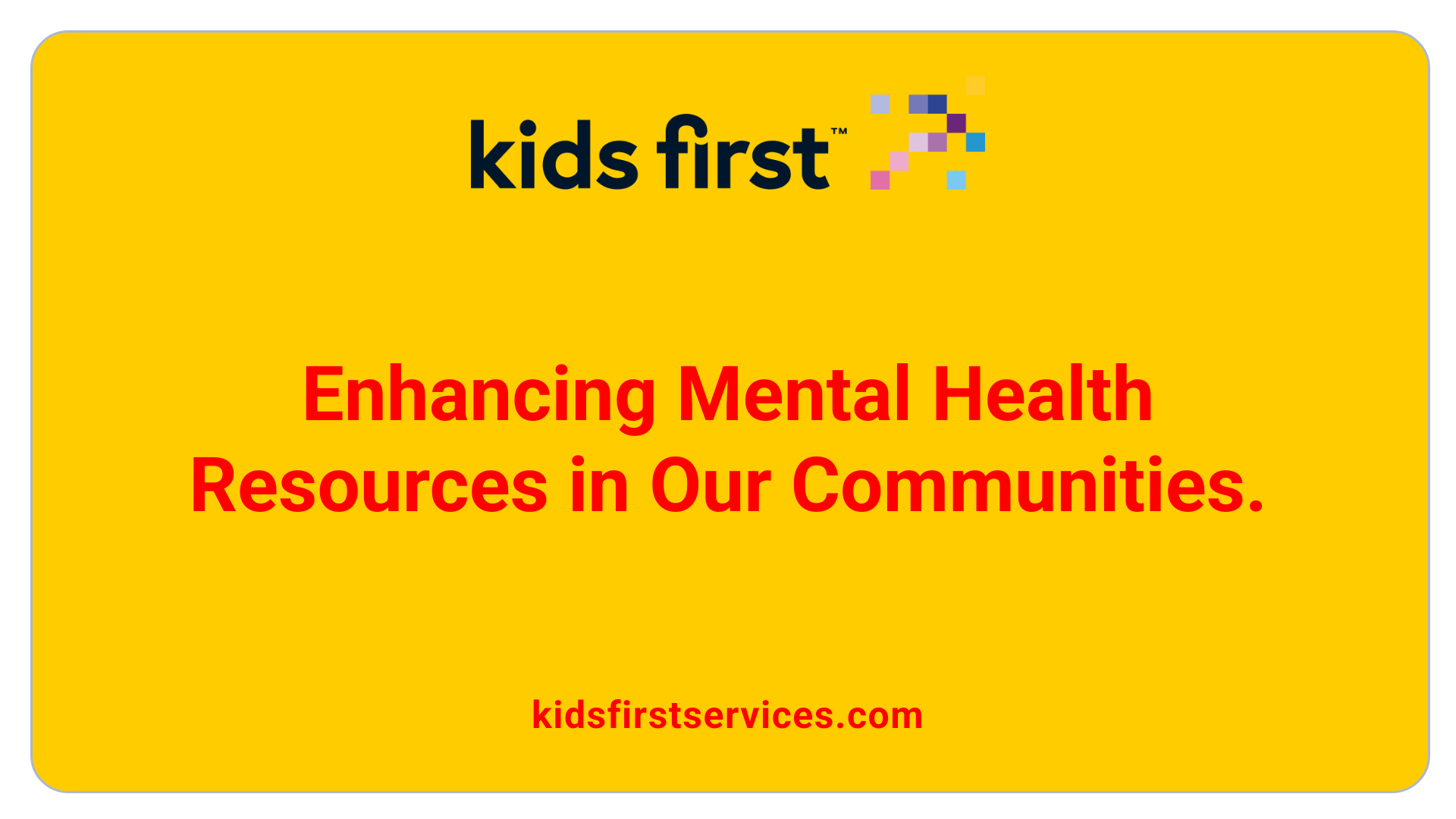
Addressing the Mental Health Crisis Through Community Support
The mental health crisis among children and adolescents has reached alarming proportions, particularly after the COVID-19 pandemic. Reports indicate that about one in six children aged 6-17 experience a mental health disorder, significantly impacting their well-being. Community initiatives are crucial to providing support for young people. Programs like the Texas Child Mental Health Care Consortium (TCMHCC) and the Child Psychiatry Access Network (CPAN) aim to enhance mental health resources in schools and facilitate access to services via pediatricians. These efforts involve training educators to identify mental health concerns, ensuring that young minds receive timely care.
Teletherapy and Other Accessible Options
Teletherapy has emerged as a vital resource, expanding access to mental health services for families facing barriers. Innovative platforms such as Talkspace and TeenCounseling offer remote therapy options tailored to different age groups, ensuring children and adolescents can receive support in the comfort of their homes. Additionally, programs like the Texas Child Health Access Through Telemedicine (TCHATT) provide free therapy sessions at schools. This is particularly beneficial for low-income families, as costs for traditional therapy sessions can range from $65 to $200, often leaving many without necessary care. These initiatives reflect a commitment to making mental health support accessible and equitable for all children.
Conclusion: Empowering Young Minds Through Informed Choices
Understanding the diverse range of therapy options available for children and adolescents is crucial for caregivers seeking to support young minds effectively. By staying informed about the various therapies and their applications, parents, educators, and communities can better guide youth towards healthier emotional and psychological pathways. Therapy is not just about treating mental health issues but also about equipping young individuals with the skills and confidence they need to thrive. Empowering children with the right support lays the foundation for a resilient and mentally healthy future.
References
- Psychotherapy for Children and Adolescents: Different Types - AACAP
- Treating Children's Mental Health with Therapy - CDC
- Supporting young minds | Mental Health America
- Therapy for kids: Types, techniques, where to find it
- Mental health therapies: pre-teens & teens | Raising Children Network
- Nurturing Young Minds: A Comprehensive Guide to Mental Health ...
- Brave Young Minds
- Our Services - Healthy Young Minds



